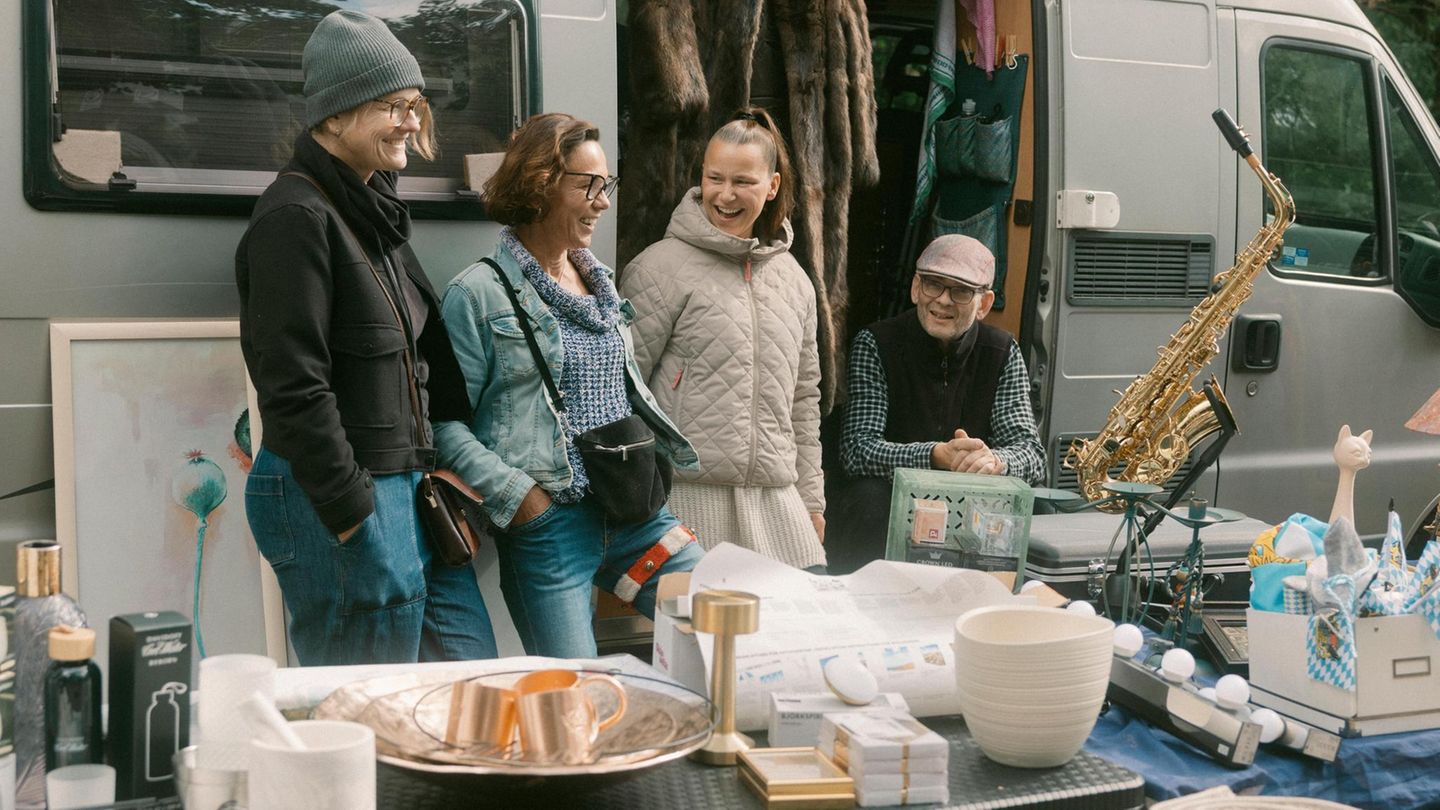Argentines pay up to 1,300 pesos for one dollar in Uruguaygiven the situation of economic and political uncertainty that exists in the neighboring country due to the proximity of the elections Simultaneous and Compulsory Open Primary (PASO) which will take place this Sunday.
The Argentine economy is going through turbulent times, whose greatest indicator is the price of the parallel dollar, also know as Dolar blue, that yesterday reached a new record and touched the 600 Argentine pesos closing at 596 pesos. The escalation of the US currency not only makes the country much cheaper for Uruguayans crossing the border, but also makes Uruguay much cheaper. more expensive for Argentines that come from this side.
A dollar 30% more expensive
Along with the increase of the blue dollar in the neighboring country, there was also a significant increase in the price of the dollar in Argentine pesos in the Uruguayan exchange houses. In this way, the values came to double those offered in the financial “caves” of the city of Buenos Aires, and the Reference prices range between 780 and 1,300 Argentine pesos; what a dollar means at least 30% more expensive at the local informal market for visitors.
According to financial analysts, current prices in Uruguay outweigh even moments of overreaction that the Argentine market experienced both in October 2020 and July 2022 —the latter, when the Economy Ministers resigned Martin Guzman and Silvina Batakis, successively.
The price difference is mainly due to the double transaction that Argentines must do to buy dollars in Uruguay, since they must first acquire Uruguayan pesos, as it is the currency that is quoted locally.
The blue dollar, a problem for Uruguay
The increase in the gap between the parallel dollar and the official dollar in Argentina is not only a problem for the locals of the neighboring country, but also for the Uruguayan economy; above all, for the coastal departments.
In this sense, the mayor of Black river, Omar Lafluf, assured that “There is no solution” to the exchange difference with Argentina and? the price gap between both countrieswhich he places at up to “7 to 1”can only be treated with “palliative measures”.
For Lafluf, this border problem that continues to directly affect the coastal departments, and indirectly the rest of the country, it is impossible to reverse in its entiretyTherefore, support measures should be aimed at supporting small businesses and the population with fewer economic resources.
The price gap “is very difficult to match, although it can be narrowed a bit,” said Lafluf, who explained that since May of this year, the national government has ordered a series of measures in this direction. “What is the solution? There is no”the man from Rio Negro slipped.
Source: Ambito




